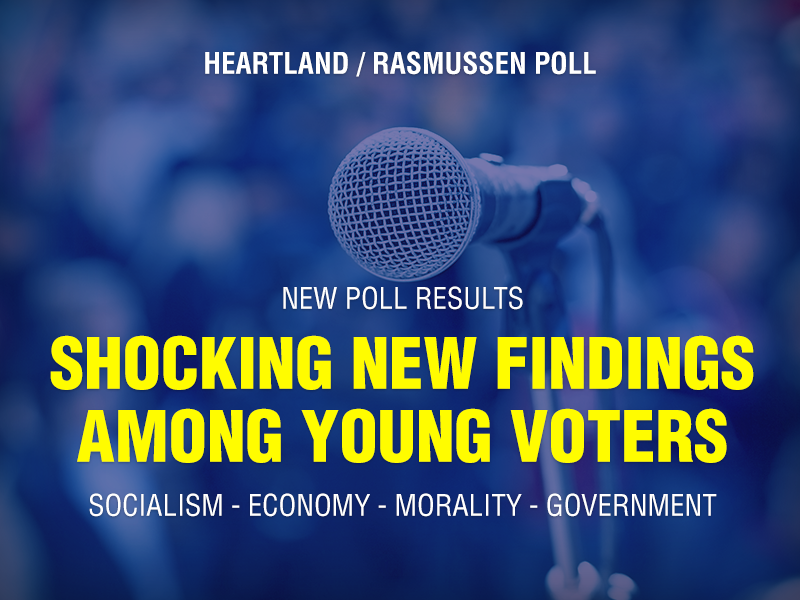Like urban public schools across America, urban Catholic schools–especially in the Midwest and Northeast–are buckling under financial pressure. With expenses up and enrollments down, Catholic leaders often have no choice but to merge schools or shutter them altogether.
A report published in April 2004 by Sister Dale McDonald for the National Catholic Educational Association (NCEA) indicates that during the 2003-04 school year, 123 Catholic schools nationwide were “consolidated or closed.”
In February, the Catholic Archdiocese of Chicago announced plans to close 23 elementary schools. Dozens more are slated to close in other cities.
But in contrast to their public school counterparts, research shows Catholic schools–even those predominantly serving poor, minority students–are often academically successful.
Solid Scores, Weaker Financials
In the largest study of New York City Catholic schools ever conducted, researchers Herbert J. Walberg and Paul E. Peterson found Catholic “schools not only achieved more, but also more successfully solved the ‘poverty gap.'” In a 2005 editorial in the New York Sun, Walberg noted this means Catholic schools help close the “pervasive” achievement gap between middle-income and poor children.
Also, students in Catholic schools perform better on the National Assessment of Educational Progress (NAEP), according to McDonald’s report. She cites 2003 NAEP data showing that on the fourth-grade math test, 43 percent of Catholic school students scored at or above the level NAEP calls “proficient,” while only 32 percent of their public school peers did so. By eighth grade, 39 percent of Catholic school students scored at or above proficient, while only 27 percent of public school students achieved that level. The differences in 2003 NAEP reading results are similar.
But while Catholic schools succeed where conventional public schools often fail, keeping open the schools that help close the “poverty gap” is a growing challenge.
McDonald’s report shows enrollment in Catholic schools nationwide is declining. In 1993-94, total enrollment at all grade levels was 2,576,845. A decade later, that number is down about 3.5 percent, to 2,484,252 students.
Still, approximately 47 percent of all students enrolled in private schools attend Catholic schools.
Demographic Pressures
One reason for declining enrollment is the “changing demographics in parishes, particularly inner-city parishes,” according to Dr. Karen Ristau, who will become president of the 200,000-member NCEA in July 2005. She says, “Many churchgoing Catholics [in those parishes] did not grow up in the tradition of attending the parish school.”
Enrollment in Catholic schools flourished until 1965, when it crested at around 5.5 million–more than double today’s enrollment. But several notable shifts began occurring at that time, both in the American social landscape and in the Catholic Church, which caused urban enrollment to plummet and schools to close.
Urban areas experienced decline as many families headed for the suburbs after the U.S. Supreme Court’s 1971 Swann decision, which mandated desegregation through busing. Poorer families that remained often lacked the resources to pay tuition. Yet Catholics, committed to social justice as part of the faith, continued to operate urban schools. Today, about 45 percent of all Catholic schools are urban or inner-city schools.
Internal Changes
About the same time, an important shift began taking place within Catholic schools themselves: staff composition. The Second Vatican Council, in 1965, called for greater involvement by lay people in Catholic schools. In addition, Ristau says, “Many religious orders that were once devoted solely to teaching, after Vatican [II] saw new opportunities to serve in social service agencies and in a variety of other pastoral ministries besides education.”
Those changes are still reverberating in the nation’s Catholic schools.
According to McDonald, in 1960 roughly 74 percent of the professional staff members in the nation’s Catholic schools were vocational Catholics belonging to various orders that did not receive competitive salaries. By contrast, present-day Catholic schools are staffed by about 95 percent laity.
To pay the increased costs of laity staffing, Catholic schools have had to increase tuition, which makes attending more difficult for poor students. Anecdotal evidence suggests charter schools may be attracting students whose parents want a quality education but can’t afford the tuition.
Tough Union Demands
Teacher unions are also beginning to make costly demands on Catholic schools in a few places. In New York City, for example, in September 2004 the Federation of Catholic Teachers charged the Diocese of Brooklyn with unfair labor practices, forcing it into mediation.
In Michigan, teachers at Brother Rice High School are attempting to organize themselves into a collective bargaining unit of the Michigan Education Association–the state’s NEA-affiliated public school union. The legality of this action is being challenged in court by the National Right to Work Legal Defense Foundation.
Added to these problems are shrinking charitable contributions to the church and parish closings. Catholic officials attribute these to a host of problems including financial losses from recent attention to past priest sexual abuse, economic conditions, and a shortage of priests entering the vocation. Ultimately, fewer parishes means less parish financial support for schools.
Devoted Parents
But some parents are finding ways to keep the school doors open.
The Chicago Sun-Times reported in January 2005 that parents at St. Margaret Mary in Chicago had banded together to keep their school open. When the parents learned the diocese was considering closing the school in response to declining enrollment, they had the principal removed and raised $80,000 in pledges in two months.
Why are parents willing to make such sacrifices to keep their schools open? Researchers suggest they consider the results worth the sacrifice. After “visits to several dozen classrooms and interviews with eight principals,” Walberg and Peterson observed the following characteristics in urban New York Catholic schools:
- “courtesy, fairness, and respect;
- “a clear mission for learning;
- “an academic curriculum taught well to whole classes;
- “a notebook of assignments and notes for each subject;
- “homework for completion and grading each day;
- “a close connection between parents and teachers; and
- “leadership, with the principal accountable to parents who can leave if dissatisfied.”
In a May 2004 article, “Brown at 50: The Dream Is Still Alive in Urban Catholic Schools,” in the peer-reviewed journal Education and Urban Society, University of Dayton researchers Timothy J. Ilg and Joseph D. Massucci and Fordham University researcher Gerald M. Cattaro cited an abundance of research backing such observations.
They write, “Catholic schools [are] more effective than public schools in the education of urban minorities in almost every area of student achievement: dropout rates were lower, college graduation rates were higher, college entrance rates were higher, and attendance rates were significantly higher.”
They also note research shows Catholic schools are better racially integrated than public schools.
Continuing Challenges
Despite their high academic achievement and successful racial integration, keeping urban schools open is challenging. Part of NCEA’s plan to meet the challenges ahead involves advocating public policies that give parents school choice.
The organization’s Web site says, “NCEA supports the concept of full and fair parental choice in education which is supported by tax relief, vouchers, scholarships, and other aid to parents so they may seek the educational opportunities they want for their children.”
In addition, Ristau thinks the answer may lie with some of the very children in today’s Catholic classrooms.
“One of the key challenges is developing leaders for the future–how we Catholic educators will replace ourselves in the next generation,” Ristau says. “One of the exciting possibilities about NCEA, as an association, is the opportunity to bring people together from schools, colleges, and universities to address this issue.”
Brian L. Carpenter ([email protected]) is director of the leadership development initiative for the Mackinac Center for Public Policy, a research and educational institute headquartered in Midland, Michigan.



